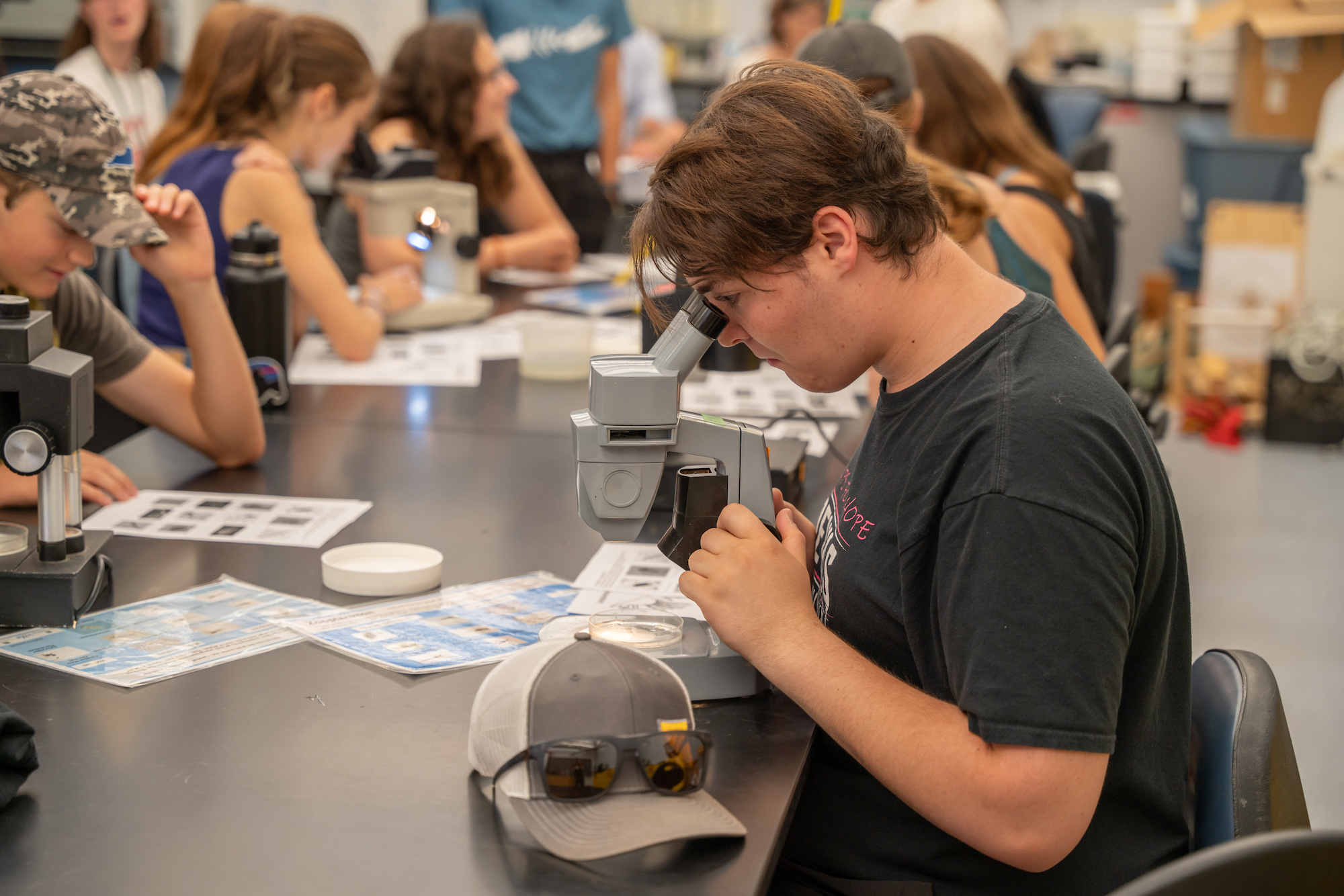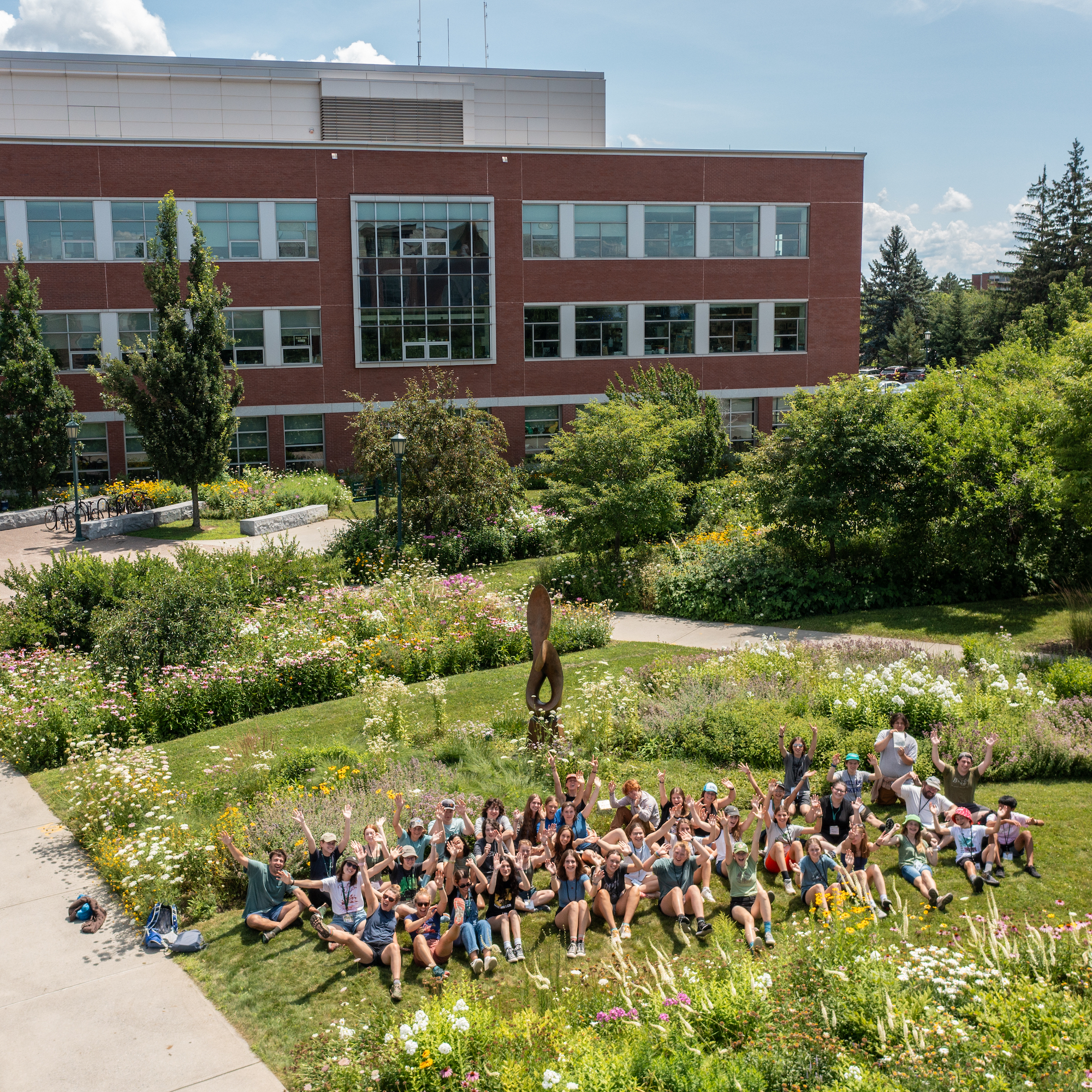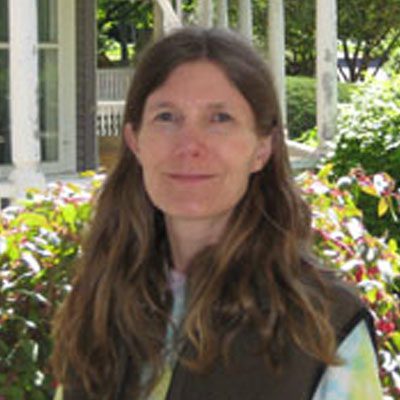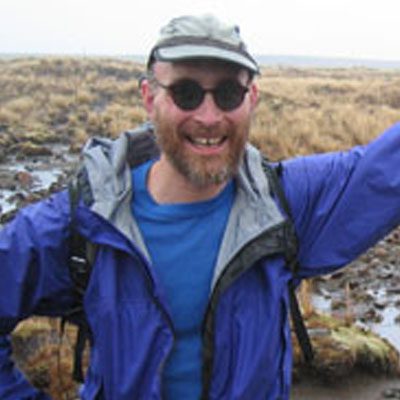 Menu
Menu
 Menu
Menu
Want to learn about our natural surroundings to help the planet? Learn methods for analyzing the health of our world at the Environmental Science & Technology Institute!
“ They told us the GIV experience was life-changing. I was like, "There's no way that one week can really do that?..." But it really can! After doing this Institute I've had an explosion of just so many ideas!”
Ready to explore our natural world?
At the GIV Environmental Science & Technology Institute you get to investigate what’s in our air, water, and soil. Focused on adventure and real-world exploration, we collect environmental data from your own communities across the state and bring those samples to UVM’s state-of-the-art labs to analyze, interpret, and make inferences. Combined with investigations of our surrounding environment, this Institute creates new ways of thinking through research, discoveries, and solutions.
College credits available!
Friday, July 19th – Sunday, July 28th, 2024
@ University of Vermont
Burlington, VT
7/19/2024 – 7/23/2024 will offer remote activities and sample collections, with students arriving on UVM campus for in-person activities on 7/24/2024.
For information regarding this Institute’s sliding-scale tuition support, please click here.


Check out this media from the 2023 Institute.
Link to All 2023 Institute Videos
Students may enroll for UVM college credit for this Institute using one of their Dual Enrollment vouchers for free tuition, or just pay the UVM tuition outright, if Dual Enrollment is not an option.
Please note that colleges charge extra tuition and fees on top of GIV tuition for granting credits, but students can utilize a Dual Enrollment voucher to fully cover the UVM tuition. The Dual Enrollment program guarantees free college tuition for most rising VT juniors and seniors, but does not cover an additional $40 comprehensive fee at UVM. To learn more about Dual Enrollment, click here.
Especially helpful documents are..
Dual Enrollment funds, by law, may not be used to pay GIV tuition, which is due separately.
If Dual Enrollment is not an option, students may also opt to enroll for college credit using UVM’s 50% tuition rate for academically advanced students. Families are responsible for the $40 comprehensive fee (plus the UVM 50% tuition) to obtain college credit. This tuition option is open to all rising sophomores, juniors, and seniors.
Applicants must be accepted to the Environmental Science & Technology Institute before enrolling at UVM.
Please pre-register for: Environmental Sciences: Governor’s Institute on EST, ENSC 095 Z1 (CRN: 61627), 4 Credit hours before your high school year ends.
Need more help enrolling at UVM? Contact the UVM Continuing and Distance Education team at [email protected] or 802-656-2085.

Every day is a unique experience filled with expert-led instruction, hands-on investigation, field trips, and immersive learning. We work to build a community around our experiences and share in our passion for everything we explore.
**The schedule is slightly different each year and announced when you arrive!
GIV’s supportive Institute structure is endlessly enriching, empowering, and engaging.
Morning: Morning Workshops
Late Morning: Sample and Data Analysis
Afternoon: Field Trip
Late Afternoon: Guest Speaker/Presentations
Evening: Nightly Social Activity

Christine Massey is a Researcher in the Geology Department at the University of Vermont and holds a BA and MS in Geology. She works at the Perkins Museum of Geology on grant-funded initiatives and facilitates science education for students and teachers in Vermont. Her projects include: 1) The Landscape Change Program where she helps coordinate a large historic photograph collection of Vermont landscapes, helps understand how students learn using images, and works with K-12 teachers to develop curriculum using images, 2) Directing the Governor’s Institute in Environmental Science and Technology for capable and motivated Vermont high school students, 3) Directing the Perkins Museum Environmental Science Day Camp for children in grades 1-7, and 4) Coordinating the creation of educational vignettes for a new textbook in Geomorphology. Christine lives in Burlington, VT with her husband and two daughters. She enjoys cross-country skiing and baking pies.

Paul Bierman is a professor of Geology at UVM, where he engages people of all ages in the study of how Earth’s surface works. For almost 20 years, he’s done research in Vermont and many other places around the world including far northern Canada, Greenland, central Australia, southern Africa, the Middle East, and the American southwest. His latest project uses historic imagery to document the impact of people on Vermont landscapes and the impact of landscape events on Vermont people and societies. Paul earned his BA from Williams College in 1985 and his MS and PhD from the University of Washington, the latter in 1993. He has been at UVM ever since, with appointments in Geology and the School of Natural Resources. In 2005, Paul was awarded one of the National Science Foundation’s highest honors: the Director’s award for Distinguished Teaching Scholars. This award now supports the Vermont Landscape Change Program, a digital archive of historic imagery.